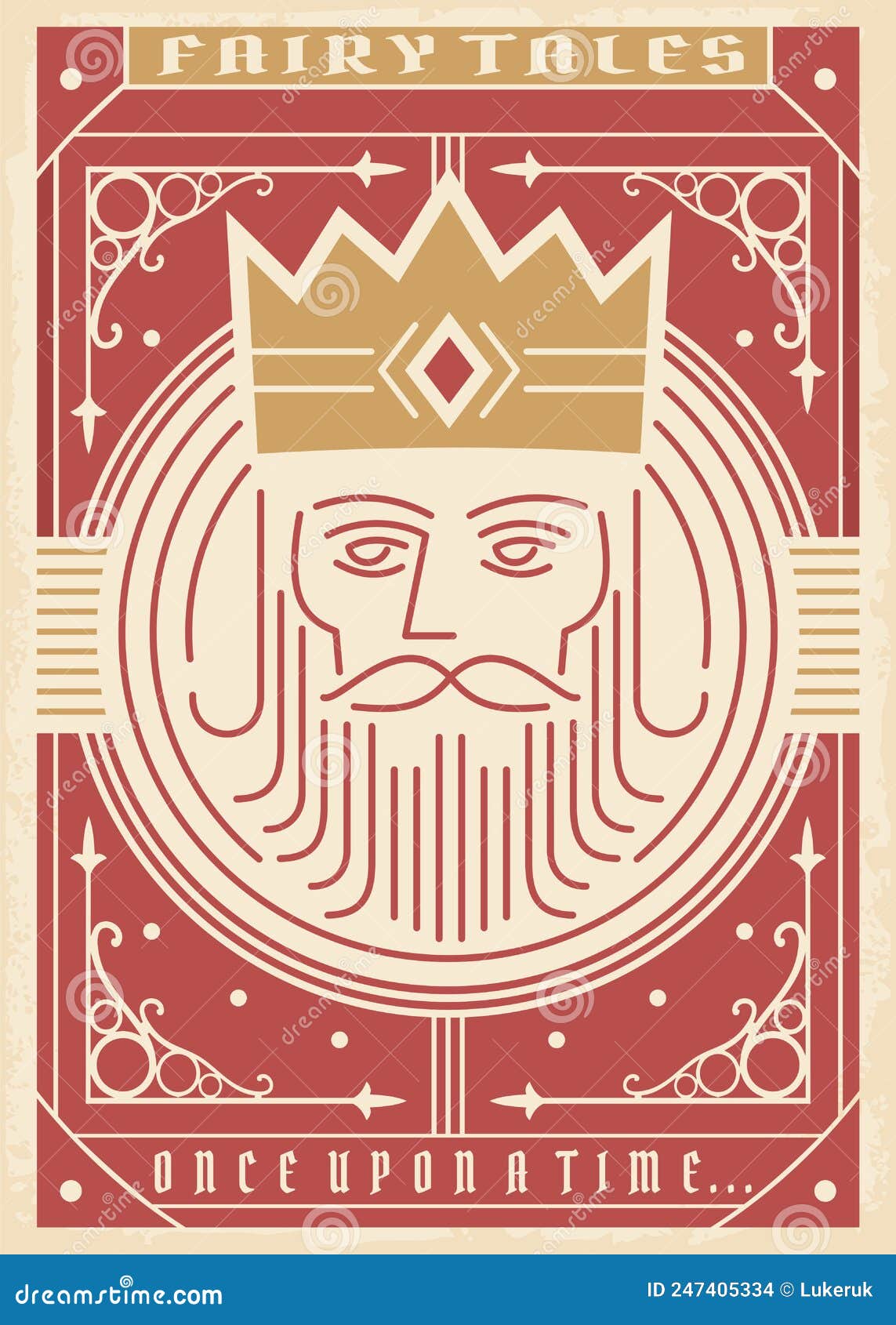Merlin And Arthur: A Medieval Book Cover Design

Table of Contents
Visual Elements: Depicting Merlin and Arthur
The success of any Merlin and Arthur medieval book cover hinges on its visual impact. Effective depiction of the characters themselves is paramount.
Character Portrayals: Different Artistic Styles and Their Impact
The choice of artistic style significantly impacts the overall mood and feel of your book cover. Consider these options:
- Realistic Style: This approach emphasizes anatomical accuracy and detailed rendering, lending a sense of realism and gravitas. Think of the detailed portraits from medieval illuminated manuscripts.
- Stylized Style: A stylized approach allows for artistic interpretation and creative freedom. It can range from slightly exaggerated features to highly abstract representations. This offers more flexibility for expressing the essence of the characters rather than strict realism.
- Illustrative Style: This style emphasizes storytelling through clear visuals and bold lines, often foregoing intricate detail for expressive impact. This can be particularly effective for conveying dynamic action or magical elements.
Successful examples include:
- The powerful and stoic Arthur depicted in many classic illustrations, often wielding Excalibur.
- Merlin's portrayal as a wise old man, often with a long beard and staff, sometimes shown in mystical settings. The ambiguity of his appearance across different interpretations offers great creative license.
Remember to choose a style that aligns with the tone and genre of your book.
Symbolic Imagery: Incorporating Medieval Symbols and Motifs
Medieval symbolism adds depth and richness to your book cover design. Consider incorporating:
- Excalibur: The legendary sword represents power, justice, and destiny.
- The Holy Grail: Symbolizes purity, spirituality, and the quest for something sacred.
- Dragons: Represent chaos, power, and magic. They can be depicted fearsomely or subtly, depending on the book’s content.
- Magic Staves: Represent Merlin's magical power and wisdom.
The strategic use of these symbols enhances the visual narrative and creates an immediate connection to the Arthurian legend. For example, a subtle dragon etched into the background could add mystery and intrigue. The strategic placement of these elements within the overall composition is crucial.
Color Palette & Typography: Setting the Tone and Feel
The color scheme and typography are essential to evoke the right mood.
- Color Palettes: Earthly tones (browns, greens, golds) create a sense of antiquity and realism. Deep blues and purples can introduce a mystical or magical feel. Rich reds can add intensity and drama, reflecting conflict or passion.
- Typography: Gothic fonts or medieval-inspired typefaces enhance the medieval aesthetic. Consider the readability; while stylistic fonts are important, ensuring the title is clearly legible is critical.
The interaction between color and typography is key. A dark, earthy color palette might pair well with a heavy, gothic font to create a sense of weight and seriousness, while brighter, more vibrant colors could be matched with a more elegant script font to evoke a sense of fantasy.
Composition and Layout: Creating Visual Harmony
Effective composition guides the viewer's eye and enhances the overall impact of your medieval book cover design.
Rule of Thirds & Focal Point: Guiding the Viewer's Eye
The rule of thirds is a fundamental design principle. By placing key elements—Merlin and Arthur, for example—at the intersections of imaginary lines dividing the cover into thirds, you create a more visually balanced and engaging composition. This ensures your focal point is easily found.
Background & Setting: Establishing the Scene
The background setting sets the stage for your story.
- Camelot: Depicting Camelot evokes grandeur and royalty.
- A Mystical Forest: Creates a sense of magic and mystery.
- A Battle Scene: Suggests conflict and adventure.
The choice depends on the story's focus and desired mood. A dark, brooding forest might fit a tale of intrigue, whereas Camelot's majesty would suit a story of courtly life.
Using White Space Effectively: Preventing Visual Clutter
White space, or negative space, is crucial. It prevents visual clutter and allows the key elements to breathe and stand out. Don't overcrowd the cover; less is often more. Strategic use of white space can enhance the overall aesthetic and readability.
Modernizing a Classic: Blending Tradition and Contemporary Design
While retaining the essence of medieval aesthetics, incorporating modern design trends can broaden your book's appeal.
Modern Design Trends: Incorporating Contemporary Elements While Maintaining a Medieval Aesthetic
Subtle incorporation of modern elements can freshen the design without compromising the medieval theme.
- Minimalist Approach: A clean, minimalist design can emphasize the key characters and symbols effectively.
- Geometric Patterns: Subtly incorporating geometric patterns can create visual interest while maintaining a sense of medieval order.
- Texture: Adding a subtle texture, such as a parchment-like background, can evoke a feeling of age and history.
The key is balance. Modern touches should complement, not overpower, the medieval style.
Target Audience: Considering the Reader
Your design should reflect the target audience. A younger audience might respond better to a more vibrant and stylized design, while an academic audience may appreciate a more classical and detailed approach. Understanding your market is crucial for marketing success.
Mastering the Art of Medieval Book Cover Design: Merlin and Arthur
Creating a compelling Merlin and Arthur medieval book cover design requires careful consideration of visual elements, composition, and the strategic blend of traditional and modern design principles. By effectively depicting the characters, utilizing symbolic imagery, and employing appropriate color palettes and typography, you can create a cover that captivates readers and transports them to the world of Arthurian legend. Remember to consider your target audience and use white space effectively to enhance visual appeal.
Ready to create your own captivating Merlin and Arthur medieval book cover design? Use these tips to bring your vision to life!

Featured Posts
-
 Payton Pritchards Sixth Man Of The Year Award A Celtic Triumph
May 11, 2025
Payton Pritchards Sixth Man Of The Year Award A Celtic Triumph
May 11, 2025 -
 Find Your Perfect 2025 New York Yankees Hat Jersey And More A Buying Guide
May 11, 2025
Find Your Perfect 2025 New York Yankees Hat Jersey And More A Buying Guide
May 11, 2025 -
 Are Selena Gomez And Benny Blanco Expecting A Baby
May 11, 2025
Are Selena Gomez And Benny Blanco Expecting A Baby
May 11, 2025 -
 Four Year Old Daughter Of Rory Mc Ilroy Shows Putting Skills At Augusta
May 11, 2025
Four Year Old Daughter Of Rory Mc Ilroy Shows Putting Skills At Augusta
May 11, 2025 -
 Yankees And Brewers Whos On The Il For The Series March 27 30
May 11, 2025
Yankees And Brewers Whos On The Il For The Series March 27 30
May 11, 2025
